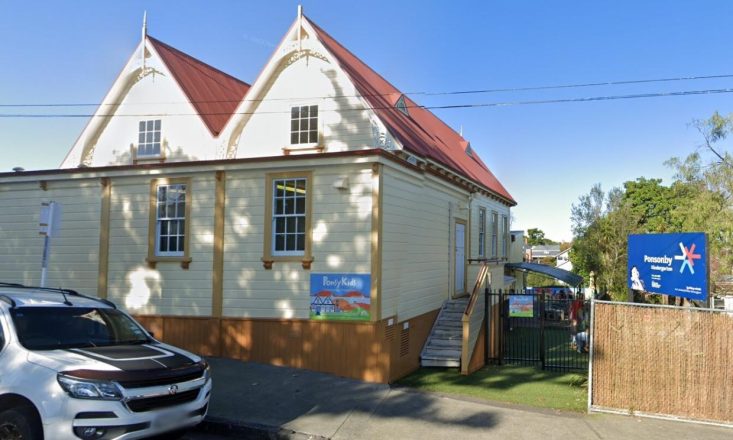Các bậc phụ huynh tại Trường Mầm non Cộng đồng Ponsonby đang xem xét việc kéo con ra ngoài do mâu thuẫn với quản lý. Họ đã đưa ra một tuyên bố nói rằng họ rất buồn vì các nhân viên lâu năm sẽ rời đi. Vấn đề này nảy sinh sau khi hội đồng quyết định kéo dài giờ học của trường mầm non từ 8:30 sáng đến 4 giờ chiều đến 8 giờ sáng – 5:30 chiều.
Phụ huynh cho biết 40% nhân viên đang nghỉ việc, và nhiều hơn nữa có thể theo sau. Họ bày tỏ sự quan tâm sâu sắc của họ, nói, “Các giáo viên giống như gia đình đối với chúng tôi.” Họ cũng lưu ý rằng 90% trẻ em còn hơn hai tháng trước khi bắt đầu đi học sẽ rời đi nếu có nhiều nhân viên rời đi.
Bất chấp những nỗ lực giải quyết tình hình với hội đồng quản trị, cha mẹ cảm thấy bị bỏ qua và thất vọng. Cha mẹ đã gửi email đến hội đồng quản trị nêu chi tiết mối quan tâm của họ, nhưng họ cảm thấy thông tin liên lạc của họ đã bị bác bỏ.
Nick Davies, chủ tịch Trung tâm Cộng đồng Ponsonby, nơi điều hành trường mầm non, nói rằng hầu hết các bậc cha mẹ đều ủng hộ việc mở rộng giờ học khi được đề xuất lần đầu tiên. Ông giải thích rằng quyết định của họ là nhằm cải thiện tuyển sinh, vì họ đã thấy sự suy giảm và cần đáp ứng nhu cầu của các gia đình lao động.
Davies thừa nhận rằng một số phụ huynh không hài lòng với những thay đổi nhưng nhấn mạnh sự cần thiết của trường mầm non phải cung cấp giờ linh hoạt cho tất cả các gia đình, đặc biệt là trong thời điểm tài chính khó khăn. Ông nói rằng tỷ lệ nhân viên trên trẻ em hiện tại là 1:5 là không bền vững.
Gần đây, hai nhân viên đã từ chức, và một người yêu cầu rời đi một cách tự nguyện. Davies đề cập rằng thông tin sai lệch có thể đã ảnh hưởng đến các cuộc thảo luận về lịch trình của nhân viên. Ông đảm bảo rằng hội đồng quản trị muốn giữ giáo viên của họ và hỗ trợ các lựa chọn của họ.
Hội đồng đã đồng ý gặp phụ huynh vào ngày 7 tháng 8. Trong khi phụ huynh cho biết trường mầm non hứa sẽ trì hoãn giờ học mới, họ cảm thấy đã quá muộn và mất niềm tin vào hội đồng quản trị. Họ cũng đã nộp đơn khiếu nại lên Bộ Giáo dục và đang xem xét hành động pháp lý.






























































